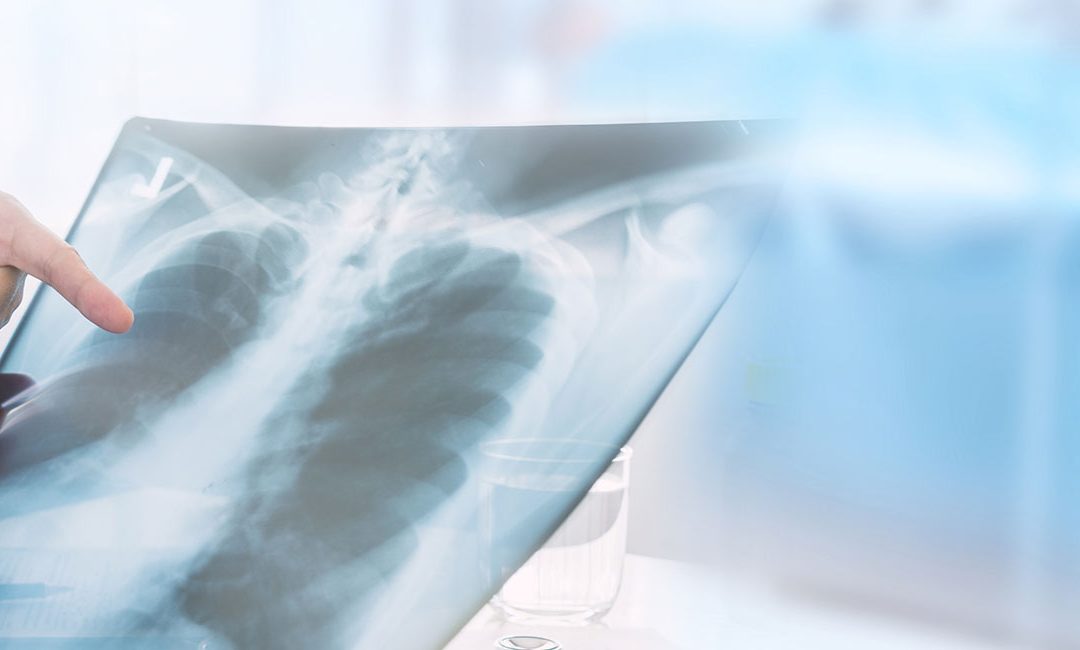Spondylosis or Osteoarthritis of spine refers to degeneration of the spine which can be physically limiting. It leads to pain in the neck, shoulder, arms and head. If the problem occurs in the neck, it is termed as Cervical Spondylosis, if it affects the lower back it is termed Lumbar Spondylosis and the Thoracic Spondylosis affects the middle portion of the back.
The condition results from the wear and tear of the intervertebral discs and stress caused to the spinal nerves. Normal vertebrae have smooth margins but as we age, the cushioning effect of the cartilage tissue and the fluids present begin to deteriorate. In most cases, Spondylosis gets alleviated through conservative treatment options.
Causes
- Wear and tear of cartilage which causes the bones in the spine to grind against each other resulting in friction, pain and restricted mobility
- Growth of bone spurs (osteophytes) which tend to impinge upon the nerve endings and muscles surrounding the spinal cord
- Degenerative disc disease
- Poor postural habits
- Thickening of ligaments surrounding the spine which may lead to narrowing of the spinal canal
- Process of ageing also causes stiffness in the ligaments and their level of flexibility gets affected
- Past injuries or trauma to the spine
- Genetic spinal disorders
- Compression of the spinal nerve roots as they emerge from the intervertebral spaces (foramina)
- Drying out and stiffening of the intervertebral discs due to age
- Spinal Arthritis, fibromyalgia or infectious Spondylitis
- Compression fractures
- Disc Herniation
- Spinal Osteoarthritis
- Sedentary lifestyle, alcohol consumption and smoking, obesity and body mass are other contributing factors
Symptoms
- Pain which can be severe occurs in the neck and lower back
- The pain tends to radiate downwards to the legs, hips or upwards to the shoulders and arms
- Bending and rotation of the neck is difficult
- Crepitus- grinding sensation when the bones rub against each other
- Stiffness
- Bladder incontinence in some cases
- Muscle spasms
- Nausea and lack of balance in the body
- Pain tends to settle down after rest
- Numbness and feeling of pricks and needles
Diagnosis
- Detailed physical examination by an orthopedic doctor to assess the range of motion, reflexes and muscle stability
- The patient’s medical history is discussed besides the family history and prevailing symptoms
- X-ray imaging is required to study changes in bone structure
- The doctor may flex the neck of the patient manually to check if he/she feels electric shocks
- Cervical Compression Test
- MRI or CT scan to examine the soft tissue structures and nerves in the spine
- Bone density test to check the loss of calcium and minerals
- Electromyography (EMG)
- Nerve Conduction Velocity (NCV) test
Treatment
- Use of ice packs or heat pads to reduce pain and swelling
- Anti-inflammatory medicines and pain killers may be prescribed
- Mechanical traction may be applied to release pressure between the intervertebral discs
- It is essential to maintain proper posture while sitting and walking
- Use of a removable neck collar or a back brace for sometime
- Injecting corticosteroids directly into the spine
- Physical therapy to improve spinal strength and flexibility. It includes specific stretching and strengthening exercises
- Manual mobilizations and adjustments may be helpful
- Complete bed rest for a few days
- Muscle relaxants may be prescribed
- Surgical removal of osteophytes
- Surgical fusion of bones using metallic screws and plates
- Removal of damaged bone parts and bone graft. It helps reduce pressure on the nerve roots
Consult the physicians at OrthoTexas for complete treatment of Spondylosis and other spinal conditions. 972-492-1334.


